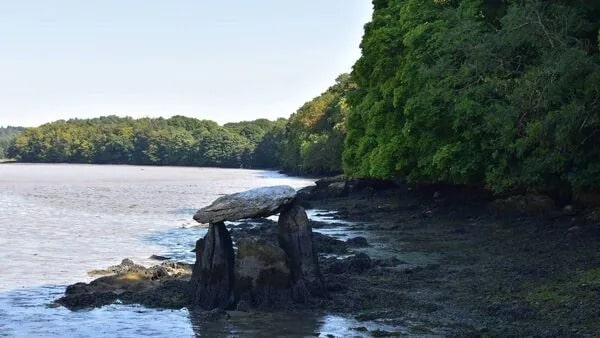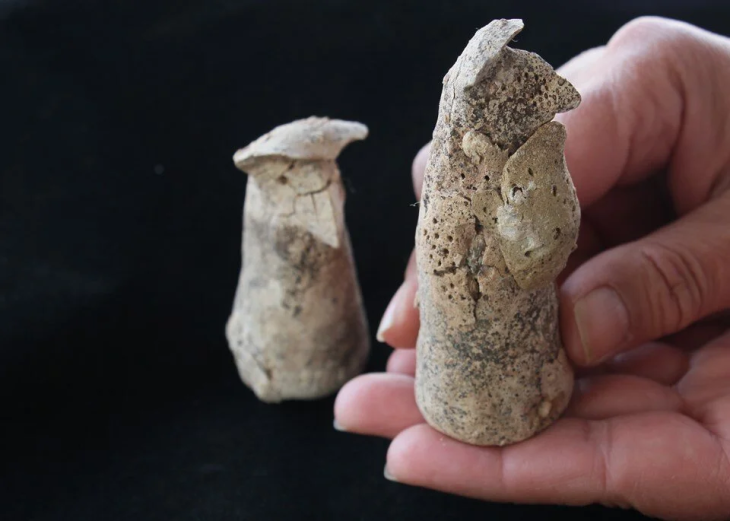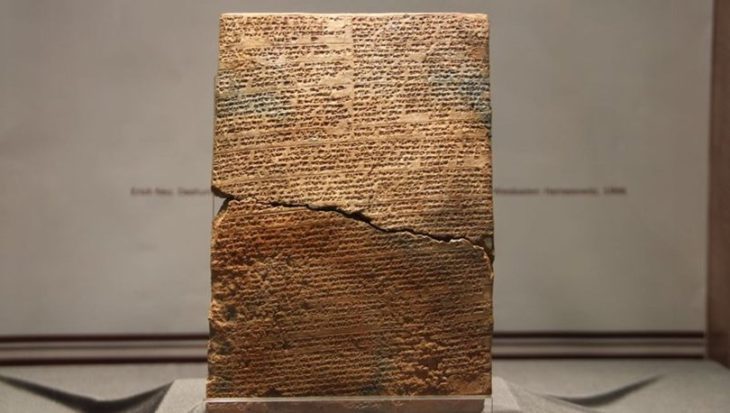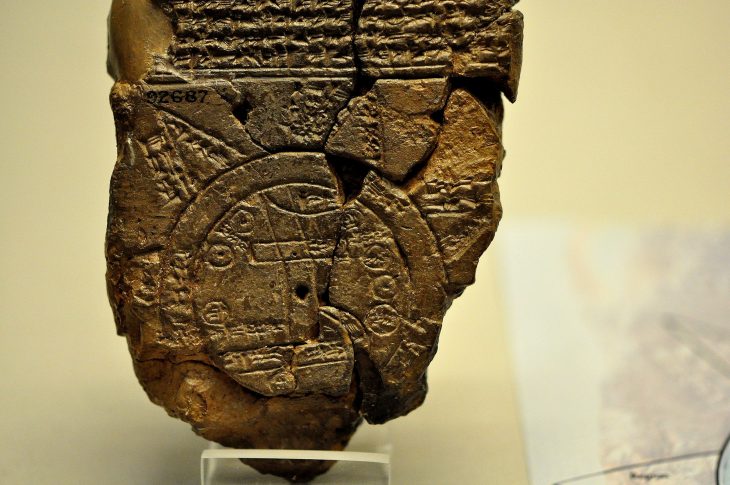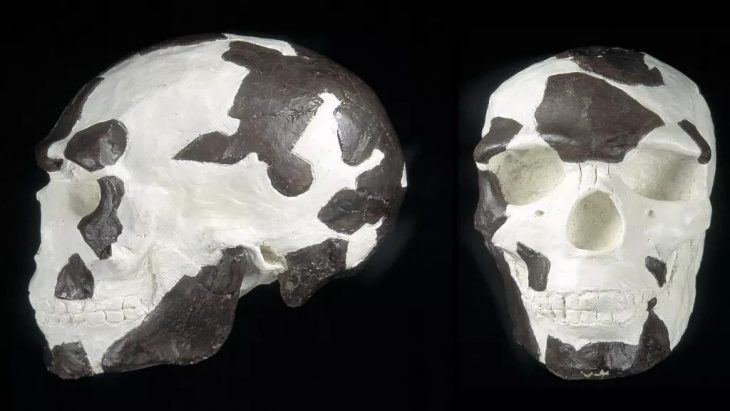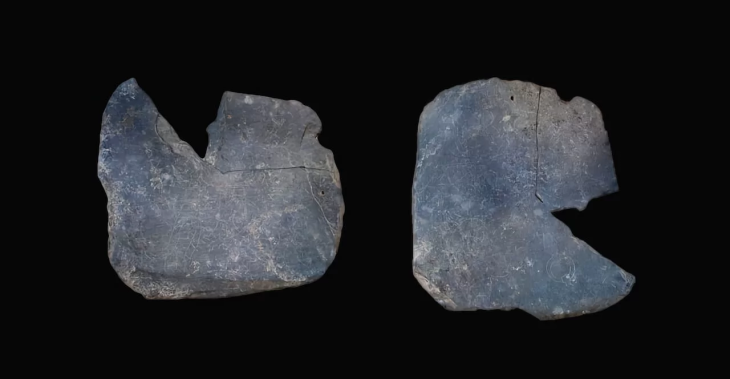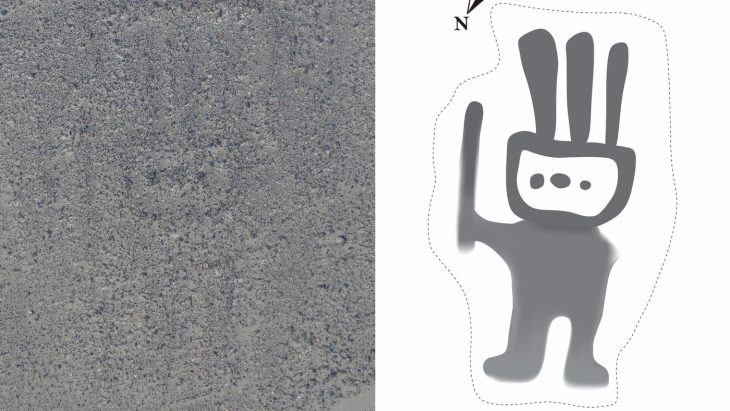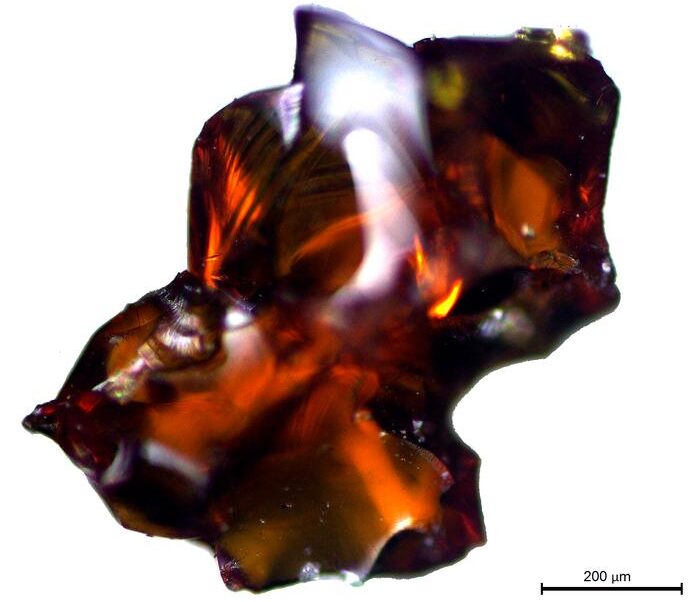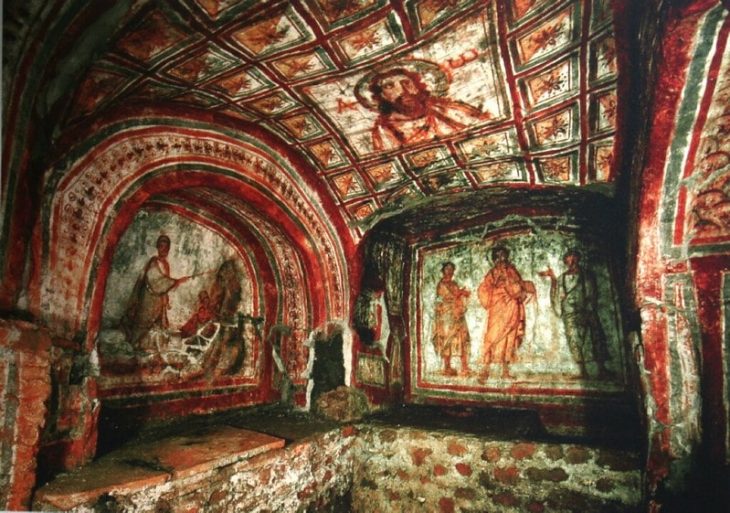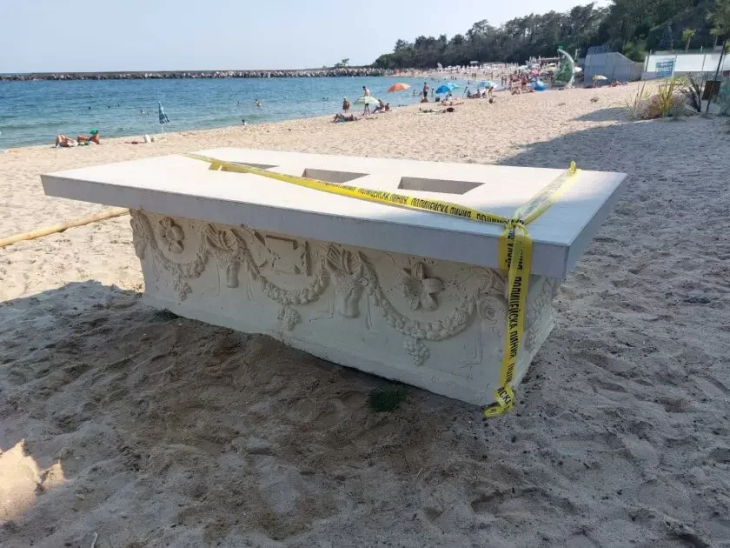New research has revealed that a mysterious structure found many years ago on the eastern shore of Cork Harbor in the Rostellan Woods, north of the small village of Rostellan in Southern Ireland is a prehistoric tomb.
Archaeologists had disagreed over whether Carraig á Mhaistin, which is located on the eastern side of Cork Harbour, was a prehistoric tomb or a 19th-century “folly,” but now, according to Connemara-based archaeologist Michael Gibbons, there is unambiguous proof that the structure is a megalithic dolmen.
A small chamber on the west side of an unknown cairn, a man-made stone stack marking a burial mound, measures 82 feet long by 15 feet wide. The cairn was previously concealed due to rising sea levels.
During the 18th century, Murrough O’Brien, 1st Marquess of Thomond, built “Siddons Tower,” a mock medieval tower on the former estate of Rostellan Castle. This led to the interpretation that the structure was another of the Marquess’s follies, which is partially submerged during the day by tidal changes in the harbor.
The monument was not included in the State’s survey of megalithic tombs in Ireland, which was conducted over 40 years ago by Professor Ruaidhr de Valera and Seán Nualláin.
📣 Our WhatsApp channel is now LIVE! Stay up-to-date with the latest news and updates, just click here to follow us on WhatsApp and never miss a thing!!
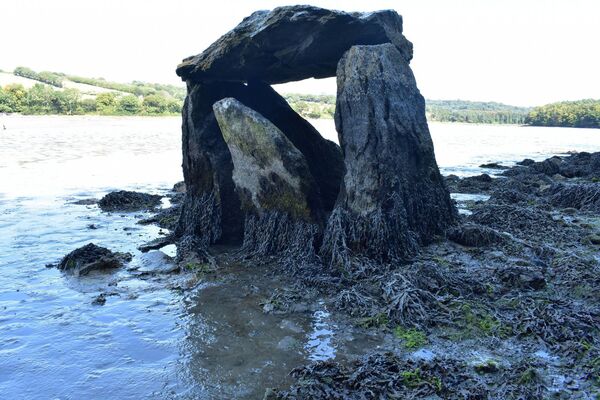
A new study by archaeologist, Michael Gibbons, has now concluded that the monument is a megalithic dolmen. Gibbons has also found a previously undiscovered cairn close to the dolmen and is reporting the discovery to the National Monuments Service.
Gibbons also discovered that the tomb’s small chamber is located at the western end of the cairn, which is 25m long and 4.5m wide.
According to Gibbons, monuments like this sometimes have intact long cairns intended to provide structural support to the chamber itself. The cairn is partially buried in the estuary mud, with most of the structure likely hidden beneath the surface.
It is unclear exactly when sea levels in the area rose, but they are believed to have been stable for the last 2,000 years.
The Carraig á Mhaistin dolmen is one of only three intertidal tombs in the nation, and there is only one other intertidal portal tomb on the island.
Portal tombs or dolmens were often referred to in Irish folklore as Diarmuid and Gráinne’s bed—a final resting place for the fugitive couple pursued by Gráinne’s husband Fionn mac Cumhaill.
Many of these structures were built near the coast; however, many have not survived due to movement in the Atlantic Ocean, including Sherkin Island’s sole megalithic tomb on Slievemore townland.
Cover Photo: The Carraig á Mhaistin stone structure at Rostellan on the eastern shore of Cork Harbour, Ireland. PHOTO: MICHAEL GIBBONS

